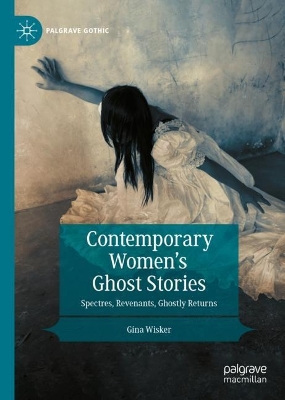Palgrave Gothic
2 total works
This book offers new insights on socially and culturally engaged Gothic ghost stories by twentieth century and contemporary female writers; including Shirley Jackson, Angela Carter, Toni Morrison, Ali Smith, Susan Hill, Catherine Lim, Kate Mosse, Daphne du Maurier, Helen Dunmore, Michele Roberts, and Zheng Cho. Through the ghostly body, possessions and visitations, women’s ghost stories expose links between the political and personal, genocides and domestic tyrannies, providing unceasing reminders of violence and violations. Women, like ghosts, have historically lurked in the background, incarcerated in domestic spaces and roles by familial and hereditary norms. They have been disenfranchised legally and politically, sold on dreams of romance and domesticity. Like unquiet spirits that cannot be silenced, women’s ghost stories speak the unspeakable, revealing these contradictions and oppressions. Wisker’s book demonstrates that in terms of women’s ghost stories, there is much to point the spectral finger at and much to speak out about.

